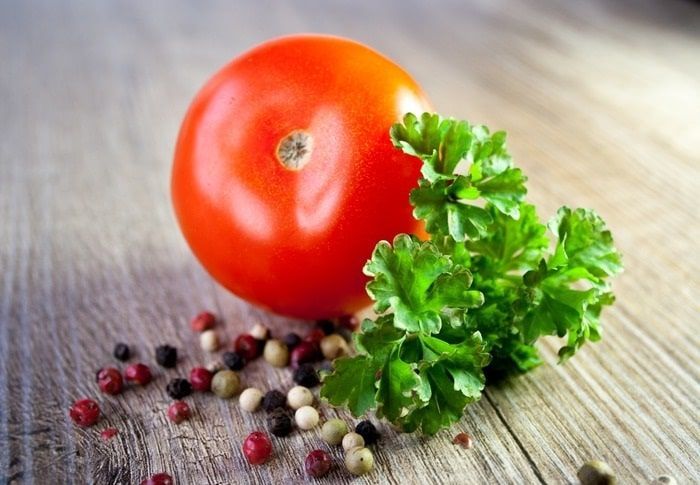Why is tomato the world's favorite vegetable?
Solanum Lycopersicum (its scientific name) originated in South America, but the domestication of tomatoes occurred in Mexico. Find out what happened.

Although it is said to come from South America, it is considered that the domestication of the second most important vegetable in the world, tomato, took place in Mexico.
Food in today's world could hardly be conceived without tomatoes. Whether in Italian pasta sauces, ketchup, in soup and stew broths, or salads, it is indispensable in the gastronomy of many latitudes, which is why it is considered the second most important vegetable in the world behind the potato. However, there was a time when it grew without much attention.
In a file on this vegetable, the National Commission for the Knowledge and Use of Biodiversity (Conabio) says that the Solanum Lycopersicum (its scientific name) originated in South America, but its domestication occurred in Mexico.
"The first published recipe for tomato sauce was classified as 'Spanish style', and included peppers or chilies as ingredients; it appeared in a 17th-century Neapolitan recipe book. The Spaniards introduced in Italy the Aztec way of preparing tomatoes in sauces. Years later, other recipes for tomato sauce were published, without the use of chili, marking the separation of these two ingredients, so associated in Mesoamerican cuisine.
According to an article by researcher Janet Long for the National Autonomous University of Mexico (UNAM), there is no archaeological evidence that the place where she was born would have given her any use.
"No archaeological remains have been recorded in excavations, nor have clay pots made in the form of tomatoes been found, and there is no word for the fruit in ancient Andean languages. The plant will have existed in the area as a wild species, without becoming part of the local diet," Long explains in the text. "This strengthens the hypothesis of Costa Rican botanist Jorge León, who believes that the tomato did not have much importance as a vegetable. It was just another herb in the milpas, even though its fruits were the size of modern varieties," he says.
It is therefore believed that the inclusion of tomato as an ingredient occurred when a good part of America was under Spanish rule and that its original consumption was limited to mestizos and Europeans, without being part of the indigenous diet, even though the name comes from the Nahuatl xictlitomatl or "navel tomato. From here, the tomato left for Europe where, although not in a simple way, was gradually incorporated into the Spanish and Italian cuisine.
"The first published recipe for tomato sauce was classified as 'Spanish style', and included peppers or chilies as ingredients; it appeared in a 17th-century Neapolitan recipe book. The Spaniards introduced in Italy the Aztec way of preparing the tomato in sauces. Years later, other recipes for tomato sauce were published, without the use of chili, marking the separation of these two ingredients, so associated in Mesoamerican cuisine.
Today, tomatoes are already king all over the world. It is known to not only taste delicious and fresh but contains minerals, vitamin C and E, carotenoids, and flavonoids. It was once used as a medicine and is still used today for home remedies for various ailments. The tomato was first mentioned in the herbarium of Pietro Andrea Mattioli, Commentarií a Dioscorides, published in Venice in 1544. This vegetable belongs to the Solanaceae family along with tobacco, chili, and potato.




